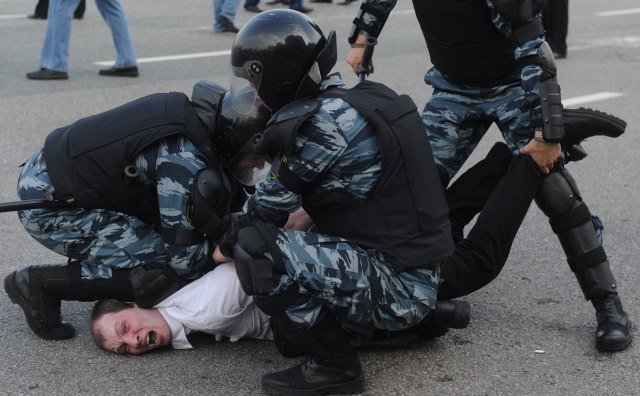When future historians examine Vladimir Putin’s war in Ukraine, one of the most curious things they will have to explain is why “Z,” the last letter of the Latin alphabet, became the symbol of his Russian world and how this happened so quickly and initially at least without clear direction from above.
Some Russian investigators are already focusing on these questions (see Meduza.io, Kasparov.ru and Sibreal.org).
They suggest that “Z” emerged out of military terminology where it has been used to designate the West (Rus. zapad) in exercises or provided a kind of cover for any Russian soldiers who might be captured. They could claim that they were involved in some “exercise” and not in an invasion.
Why have Z and V become Russia’s symbols of war against Ukraine?
This ambiguity, emblematic of Putin’s “hybrid” approach to all things, has been working both for and against its spread. On the one hand, many Russians who display it tell journalists they have no idea what it means; and on the other, those who want to can invest in it all sorts of meanings, including some the powers that be don’t like.

Now, Nikolay Svanidze, a Moscow historian and commentator, offers an explanation for the use of “Z” that is more disturbing than almost any other. He says that the Putin regime’s employment of “Z” as its symbol underscores the parallels between it and the fascist regime of Adolf Hitler.
Those behind the use of “Z” today, he says, “deserve some credit for their sense of style: the sharp Gothic angles and macho vibe of the letter as displayed fit the bill perfectly.” Moreover, he says, “the Z symbol alone provides sufficient grounds for a historical parallel” between Putin’s Russia and Hitler’s Germany.
“The last letter of the Latin alphabet,” Svanidze continues, “Z stands for finality, meaning the end of choices. In this case, the choice of a [final] solution to the Ukrainian problem.” (emphasis supplied). Given that the swastika was emblematic of Hitler’s “final solution of the Jewish problem,” that is disturbing indeed.
That conclusion comes at the end of Svanidze’s discussion of the ways in which Soviet totalitarianism not only provided a model for German totalitarianism but also resembled it in so many ways, a resemblance that has typically been forgotten because of the anti-Semitism of the Nazis and the absence of anti-Semitism among many but far from all Soviet leaders.
Read More:
- Support for Ukraine’s EU accession hits historic high of 91% amid Russian invasion – poll
- War diary: “Terrified of what He saw, God has left Mariupol, my neighbor said”
- What is Azov Regiment? Honest answers to the most common questions
- Russian soldiers gang rape Ukrainian women, including little girls: witnesses of rape survivors
- Moscow Patriarchate tells Russian troops: “Your task is to wipe the Ukrainian nation off the face of the earth”
- “They were shot in the back of the head.” Eyewitness account of Russia’s murders of Bucha residents
- Russian ideology: imperialism, militarism, and racism
- The specter of Budapest Memorandum hangs over Ukrainian negotiations, darkens the future of global security








